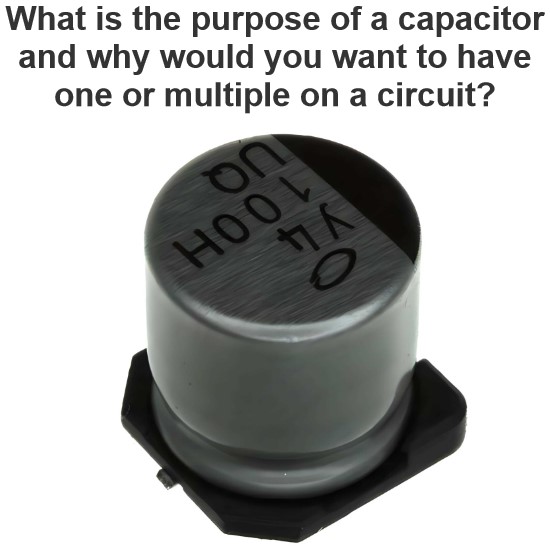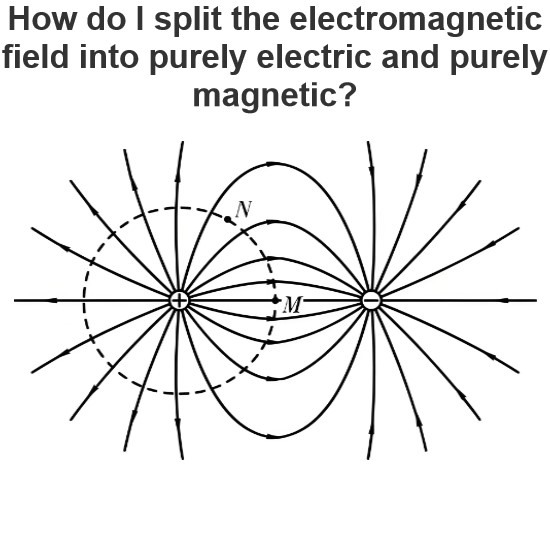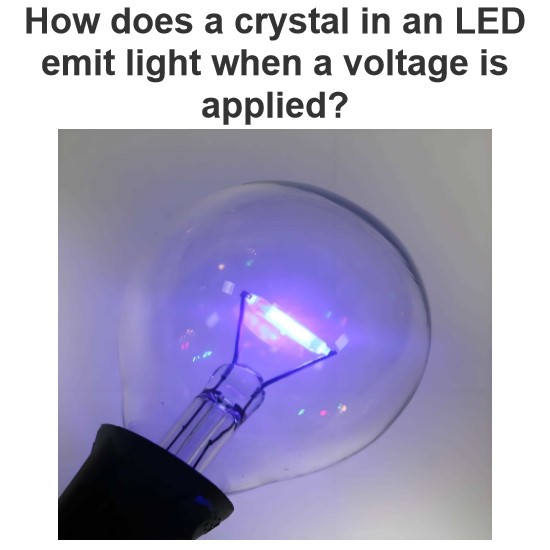Is it possible to convert AC to DC without using a transformer or inverter? If so, what components would be needed in the circuit?
Converting alternating current (AC) to direct current (DC) is typically achieved using a rectifier (Rectifier). While transformers and inverters play crucial roles in power systems, they are not essential for converting AC to DC. In fact, this conversion can be accomplished with a basic rectifier circuit. Here is how AC can be converted to DC without using transformers or inverters and the main components required in the circuit:
1. Rectifier
A rectifier is a circuit that converts AC to DC. Common types of rectifiers include half-wave rectifiers, full-wave rectifiers, and bridge rectifiers.
Half-Wave Rectifier
Components: Requires one diode.
Operation : During the positive half-cycle of the AC wave, current flows through the load via the diode; during the negative half-cycle, the diode blocks the current.
Full-Wave Rectifier
Components: Uses two diodes, usually connected to a center-tapped transformer.
Operation: During the positive half-cycle, one diode conducts, while during the negative half-cycle, the other diode conducts, both providing current through the same path.
Bridge Rectifier
Components: A bridge circuit made up of four diodes.
Operation: Regardless of the phase of the AC wave, two diagonally opposite diodes conduct, converting the AC to unidirectional DC.
2. Filter
The DC obtained from a rectifier contains significant ripple. To smooth out the DC output, a filter is typically added to reduce the ripple.
Capacitor Filter
Components : At least one capacitor.
Operation: The capacitor charges during the peak of the rectified waveform and discharges to the load during the troughs, smoothing the output voltage.
Inductor Filter
Components: One inductor.
Operation: The inductor resists rapid changes in current, thus smoothing the output current.
LC Filter
Components: One inductor and one capacitor.
Operation : Combining the advantages of both inductors and capacitors to better filter out ripple.
3. Regulator
To ensure the stability of the output voltage, a regulator is often necessary.
Zener Diode
Components : One Zener diode.
Operation: The Zener diode conducts when the reverse bias voltage exceeds its threshold, thus stabilizing the output voltage.
Linear Regulator
Components : Integrated circuit regulator .
Operation: By regulating the output voltage, it maintains a constant output voltage despite changes in input voltage or load.
Summary
Even without using transformers or inverters, it is possible to convert AC to DC using a rectifier. The main components required include diodes, capacitors, inductors, and possibly stabilization elements. The simplest solution involves using a bridge rectifier combined with a capacitor filter to achieve the conversion. Such circuits can effectively convert AC to relatively smooth DC suitable for many applications.
If you have any further questions or need more information, please let me know!
The Electricity Encyclopedia is dedicated to accelerating the dissemination and application of electricity knowledge and adding impetus to the development and innovation of the electricity industry.




